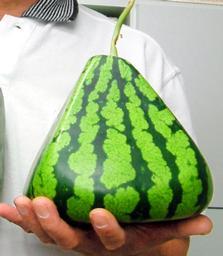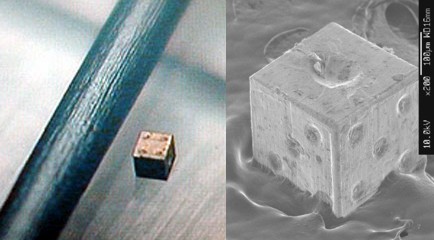Each year, in an annual rite of autumn, giant jellyfish (echizen kurage) invade the seas around Japan, damaging nets, interrupting fishing operations and reducing the overall quality and quantity of catches. This year the residents of Fukui prefecture have a new strategy to combat the giant jellyfish -- they plan to eat them.
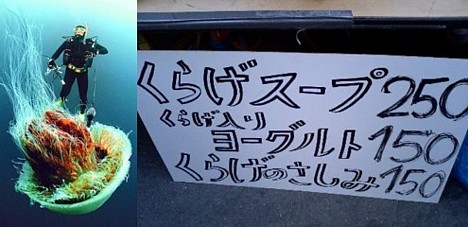
(On the menu: jellyfish soup, jellyfish yogurt and jellyfish sashimi)
As part of this new strategy, jellyfish cooking classes were held at the Culinary Culture Center in the city of Obama on August 28. The classes attracted about 20 interested people from the local fishing cooperatives and hotel owners association.
Toshiko Komatsu (58), a member of the Oshima fishing cooperative women's group, presented recipes that call for raw jellyfish. "Jellyfish consist mostly of water," she says, "so they are not fit to be steamed or grilled." Her dishes feature bits of last year's giant jellyfish catch that have been preserved in salt, served Chinese-style with cucumber and vinegar soy sauce or served with plum sauce.
Michiko Kamisako (67), who fishes for a living in Oshima, provided some basic advice on jellyfish preparation. "Big jellyfish can be eaten if you slice them into tiny pieces," she explains while squeezing strips of finely sliced jellyfish.
Beginning August 19, reports of giant jellyfish trapped in fixed nets began coming in to the Takasu Fishery Harbor in Fukui city. On busy days, up to 100 jellyfish can become trapped in each net. Most encounters with jellyfish ranging from 50 to 100 cm in diameter are occurring along the northern Fukui coast.
Echizen kurage, also known as Nomura's jellyfish, can grow up to 2 meters wide and weigh up to 200 kilograms (450 lbs) each. That's a lot of sushi.
[Source: Chunichi Shimbun]

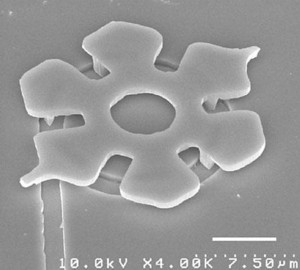 Researchers from Japan's National Institute of Advanced Industrial Science and Technology (
Researchers from Japan's National Institute of Advanced Industrial Science and Technology (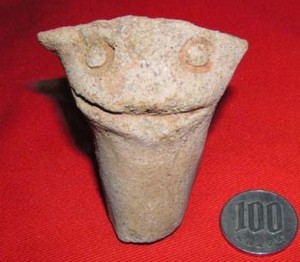 Archaeologists in the town of Umi in Fukuoka prefecture have excavated a piece of earthenware shaped as the head of a creature with googly eyes and a big grin. Opinions are divided about whether this artifact, which was unearthed from a site dating back to the Muromachi period (1336 to 1573 AD), is supposed to represent the head of a demon, dragon, snake or kappa.
Archaeologists in the town of Umi in Fukuoka prefecture have excavated a piece of earthenware shaped as the head of a creature with googly eyes and a big grin. Opinions are divided about whether this artifact, which was unearthed from a site dating back to the Muromachi period (1336 to 1573 AD), is supposed to represent the head of a demon, dragon, snake or kappa. 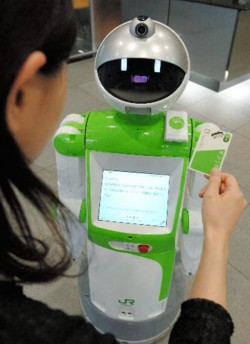 East Japan Railway Company (
East Japan Railway Company (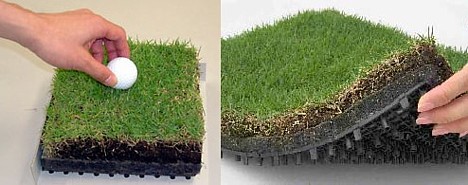
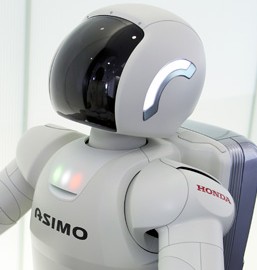 Japan's Ministry of Economy, Trade and Industry (
Japan's Ministry of Economy, Trade and Industry (